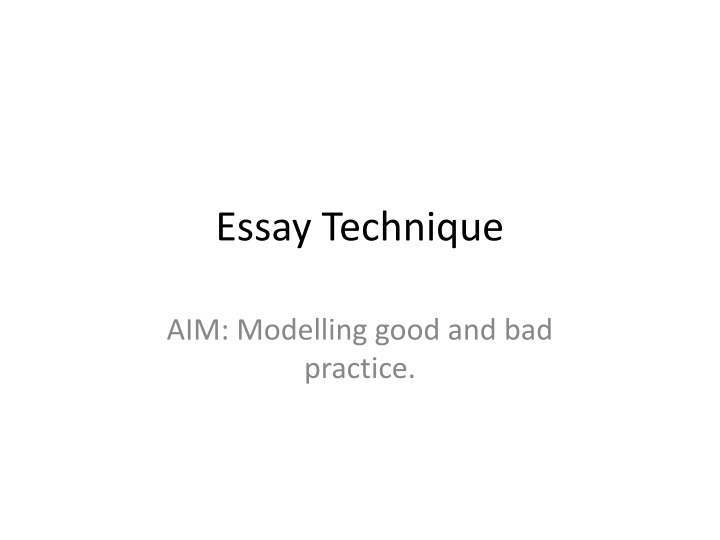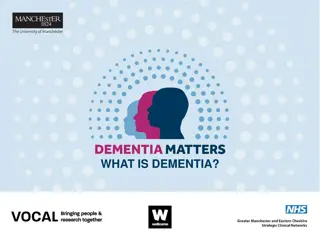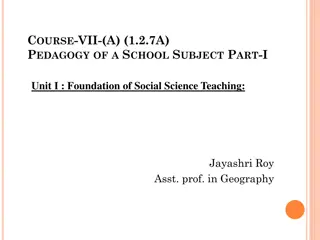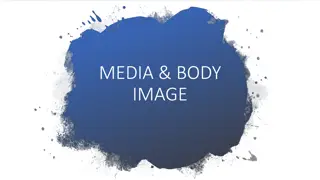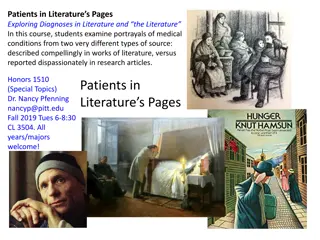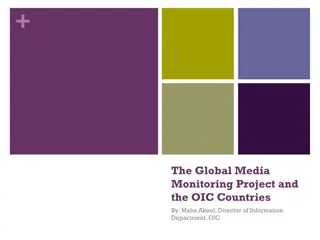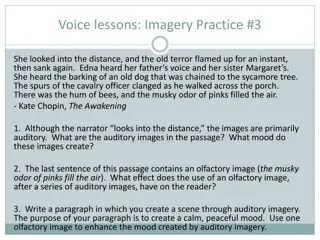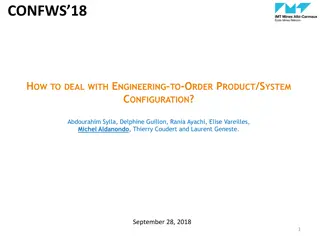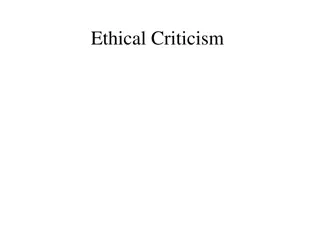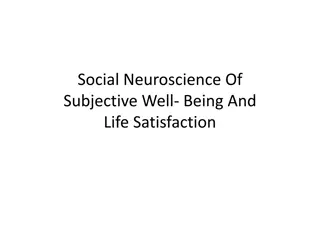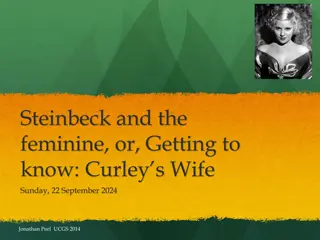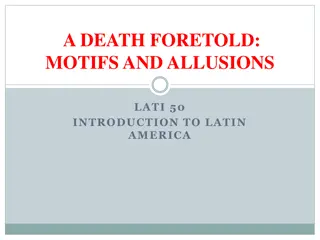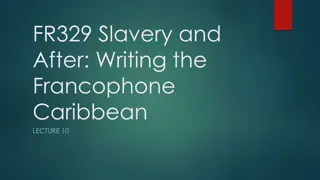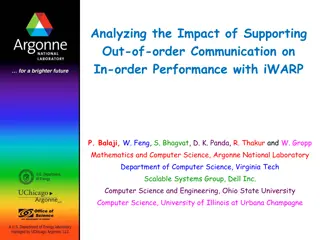Portrayal of Science's Impact on Social Order in Literature
Explore the depiction of science's influence on social order in literary works like "Frankenstein" and "The Handmaid's Tale," comparing the portrayal of societal impacts, scientific creations, and thematic elements. Analyze the evolving perceptions of readers across different time periods and consider the intersection of science, societal structures, and human nature in these narratives.
Download Presentation

Please find below an Image/Link to download the presentation.
The content on the website is provided AS IS for your information and personal use only. It may not be sold, licensed, or shared on other websites without obtaining consent from the author.If you encounter any issues during the download, it is possible that the publisher has removed the file from their server.
You are allowed to download the files provided on this website for personal or commercial use, subject to the condition that they are used lawfully. All files are the property of their respective owners.
The content on the website is provided AS IS for your information and personal use only. It may not be sold, licensed, or shared on other websites without obtaining consent from the author.
E N D
Presentation Transcript
Essay Technique AIM: Modelling good and bad practice.
Compare the ways in which the writers of your two chosen texts portray the impact of science on social order. What do modern readers see in this question that Mary Shelley didn t (couldn t)? Clue: Consider words that have come from the word Frankenstein
Key Issue #1: There are a choice of four texts & two questions. What might go wrong?
Compare the ways in which the writers of your two chosen texts attempt to make their stories believable. Compare the ways in which the writers of your two chosen texts portray the impact of science on social order. In your answer you must consider the following: - The writer s methods - Links between the texts - The relevance of contextual factors.
Compare the ways in which the writers of your two chosen texts portray the impact of science on social order. NB: Consider the issues of this question; the catch 1. Try to think of really good, illuminating LINKS between the texts in relation to this question 2. CHALLENGE: can you think of an overarching thesis/direction?
More science in F. but more social order in HM. More of an impact because of science in F, but more of an impact on S.O. in HM. M = lowest of society; science creating a rigid social order in both books. Humanity is lacking in both. The creation of a monster outside of social order, which upsets things VS the creation of a monstrous social order.
The creation of a monster outside of social order, which upsets things VS the creation of a monstrous social order. Monster = a metaphor for bad science. Monstrous society. Prayvaganzas and salvagings- the re-appropriation of religion. Daemon in F- appropriation of Classics. Science not the be all and end all. The revolution is enabled by science (virtual banking). Frankenstein s continued resonance Male dominance societal views. Fear of science overreaching in F. Gileadean fear of knowledge. Loneliness & isolation; O & the M never given names. Creation of life.
Compare the ways in which the writers of your two chosen texts portray the impact of science on social order. In the novels Frankenstein and The Hanmaid s Tale there is an interesting distinction between their portrayal of the impact of science on social order; Atwood s novel displays a social order re- arranged - although not wholly due to science whereas Shelley presents an interesting facet of science which does not necessarily involve a change in social order. However, a more nuanced reading of the texts reveals the following interpretation: while Frankenstein presents a Monster created by science which is outside of the social order, The Handmaid s Tale presents a social order which is monstrous this as a result of chemical and nuclear pollution leading to social unrest. Each of these texts might be considered modern parables: Frankenstein s alternative title of The Modern Prometheus strongly places it in the mythic category, while The Handmaid s Tale s biblical referencing and foregrounding also place it in such a category; in this case, many of the events in each text might be considered metaphors for wider issues relating to science and social order.
In both texts there is a sense of a lack of control of science s effect upon the social order. We read in The Handmaid s Tale that as a result of nuclear-plant accidents and chemical and biological-warfare that society has come under great strain, and there are widespread genetic deformities adding to this strain. How could one fail to see a resonance here with Frankenstein, with its wretch of a creation? Of course, Frankenstein s mythic resonance as a tale of what happens when one dabbles in what one does not understand in many ways predicts the issues which Atwood seems to be warning of. Both of these texts seem to be giving warnings to readers both modern and future regarding the detrimental effects that science can have upon society.
In each novel there is a distinct victim, or set of victims, to the changes in social order brought about by science. Interestingly, women seem to be disproportionately affected in each novel. -Atwood patriarchy, abusing scientific advances (money) to subdue women; power in the wrong hands. - Frankenstein power misguided used only with the masculine principle, lacking in the feminine principle leads to disaster affecting weaker members of the social order. (cf Sons of Ham)
Frankenstein: Nature vs science Science vs pseudo science in HM.
The Ideal A-Level student Has opinions about texts Understands author s purpose and intention and informs readings through this Is not opinionated. Is not constricted by authorial intent understands the death of the author Gives space to alternative readings. Keeps the question in mind during essays and avoids tangents. Has a personal interpretation of the text. Uses questions as a springboard towards engaging, original interpretation and argument. Uses appropriate terminology to support analysis Does not give a sense of box-ticking or feature spotting
Ways in to a question Is the effect good or bad in each text? Then what kind of good or bad look for the nuance. Rephrase the question Brainstorm around key terms In what ways are the texts similar or different? How can my understanding of one text affect my reading of the other?
Compare the ways in which the writers of your two chosen texts attempt to make their stories believable. What ways in can you think of? Around what issues in, or relating to, the question might you brainstorm?
Believable Real information in each text: HM feminist marches etc. linked to porn riots a blurring of historical reality and fictional history; F, Galvani etc. Vagueness in both. Ecriture feminine. Helps avoid excessive unpicking sidesteps reality checks. Empirical narrative form of F., linked to enlightenment context; HM is thought spoken and non-linear. We are told to doubt the story by the empirical ending. The entire nature of narrative is challenged, made gendered in HM; very PoMo. Mythical links in each text; are they supposed to be fully believable, or is their credibility something to doubt because of a different set of goals than strict narrative credibility? Not Believable
